Type 3 Malfunction Explained: Understanding Double Feed Issues
A double feed malfunction is one of the most stubborn and serious firearm stoppages a shooter can encounter. Also called a type 3 malfunction in defensive firearms training, it happens when two rounds attempt to enter the chamber at once, causing a jam.
Whether you're training at the range, carrying concealed, or relying on your firearm for home defense, understanding how to recognize and clear a double-feed malfunction is critical for your safety and readiness.
In this guide, we'll break down what a double feed malfunction is, why it happens, and how to build the skills needed to clear it quickly and confidently.
What Is a Double Feed Malfunction?
What is a double feed malfunction? This issue happens when a spent casing fails to extract from the chamber and a live round tries to feed in behind it, causing both to get jammed together. The slide will usually get stuck partially open, with the empty casing trapped in the chamber and a live round pressed up behind it from the magazine.
This type of stoppage is most common in semi-automatic pistols and rifles, since their cycling action relies on proper extraction and ejection. Double feed malfunction pistol typically results from issues like a weak extractor, dirty chamber, or faulty ammunition.
Unlike a simple stovepipe or failure to fire, clearing a double feed requires more than a basic tap-rack fix. It demands a deliberate and practiced sequence to get the firearm running again.
Is a Double Feed Malfunction the Same as a Type 3?
Yes, a double feed is considered a type 3 malfunction. In defensive firearms training, malfunctions are generally classified into three major categories:
-
Type 1: Failure to fire.
-
Type 2: Failure to eject (commonly called a stovepipe).
-
Type 3: Double feed or failure to extract, followed by an attempted feed.
A type 3 malfunction is the most serious type because it completely disables the firearm until the jam is manually cleared. Unlike simpler malfunctions that can often be fixed with a quick tap-rack, clearing a type 3 demands deliberate steps and the ability to diagnose the issue under pressure.
What Causes a Double Feed Malfunction?
Several factors can lead to a double feed. Understanding what causes a double feed malfunction helps you take steps to avoid it:
-
Extractor failure: When the extractor doesn’t fully remove the spent casing, a new round tries to chamber behind it, causing a jam.
-
Weak or worn magazine springs: These can fail to lift the next round correctly, leading to feeding problems.
-
Dirty or dry firearm: Built-up carbon or a lack of lubrication can interfere with the firearm’s cycling.
-
Faulty ammunition: Poor-quality, out-of-spec, or damaged rounds can disrupt chambering or extraction.
Recognizing the causes of double feed malfunction highlights the importance of routine maintenance, using quality magazines, and choosing reliable ammunition to minimize stoppages.
What Are the Signs You’re Dealing with a Double Feed Malfunction?
Recognizing a double feed quickly is critical for clearing a type 3 malfunction under pressure.
Common signs include:
-
The slide is stuck partially open or locked back.
-
You experience a dead trigger when pulled.
-
A visual inspection shows two rounds stacked at the ejection port; one stuck in the chamber and another pressing behind it.
If you attempt a quick tap-rack fix and the slide won’t budge, it’s likely a double feed rather than a stovepipe. Confirm by checking for multiple rounds jammed inside.
Successfully clearing a type 3 malfunction depends on fast recognition and decisive action. Training your eyes and hands to react instinctively can make the difference between a resolved stoppage and a critical failure.
How Do You Clear a Type 3 Malfunction?
Clearing a type 3 handgun malfunction requires deliberate, practiced steps. Here's the general type 3 malfunction clearing procedure:
-
Lock the slide to the rear.
-
Drop the magazine - don’t waste time trying to retain it.
-
Rack the slide several times to clear any jammed rounds.
-
Insert a fresh magazine into the magwell.
-
Rack the slide again to chamber a new round.
-
Reassess to confirm the firearm is fully operational.
Repeating this clearing process during training builds speed, confidence, and muscle memory, essential skills when every second counts in a real-world defensive situation.
Using Dummy Rounds to Simulate Double Feed Malfunctions
Training for how to clear double feed malfunctions is safest and most effective when using dummy rounds.
But what are dummy rounds? Dummy rounds are inert cartridges that match the size, shape, and weight of real ammunition, but contain no live primer or gunpowder. They let shooters safely practice loading, clearing malfunctions, and dry firing without any risk of an accidental discharge.
If you want the right tool for the job, LiveFire Tactical Training LLC makes an excellent dummy round specifically for practicing this malfunction. Just search for the Type3MalfunctionRound™.
Incorporating dummy rounds into dry-fire or live-fire sessions lets you safely practice clearing double feed malfunctions and other stoppages. The realistic feel of dummy rounds builds muscle memory, sharpens clearing technique, and boosts overall shooting confidence.
By practicing regularly with dummy rounds, shooters can make recognizing and clearing a type 3 malfunction a fast, automatic response when it matters most.
Drills and Practice for Clearing Double Feeds
Repetition builds muscle memory, the key to successfully clearing malfunctions under pressure. Adding a double feed malfunction drill to your training routine prepares you for the unexpected.
A highly effective drill: Have a training partner randomly induce a double feed using dummy rounds. Because you won't know when the malfunction will occur, you'll be forced to react quickly and instinctively.
Practicing double feed malfunction drills regularly helps sharpen your situational awareness, speed, and clearing technique, all critical for defensive firearm use.
Putting It All Together
A double feed malfunction isn’t just an inconvenience, it’s a serious threat to your readiness and safety. With the right knowledge, gear, and consistent practice, clearing a type 3 malfunction can become second nature.
Don’t wait for a critical moment to discover your weak points. Train today so you can react with speed, skill, and confidence when it matters most.
Ready to level up your training and protection? Explore Premier Body Armor’s full range of gear and safety resources to stay sharp, whether you're at the range or living everyday life prepared.

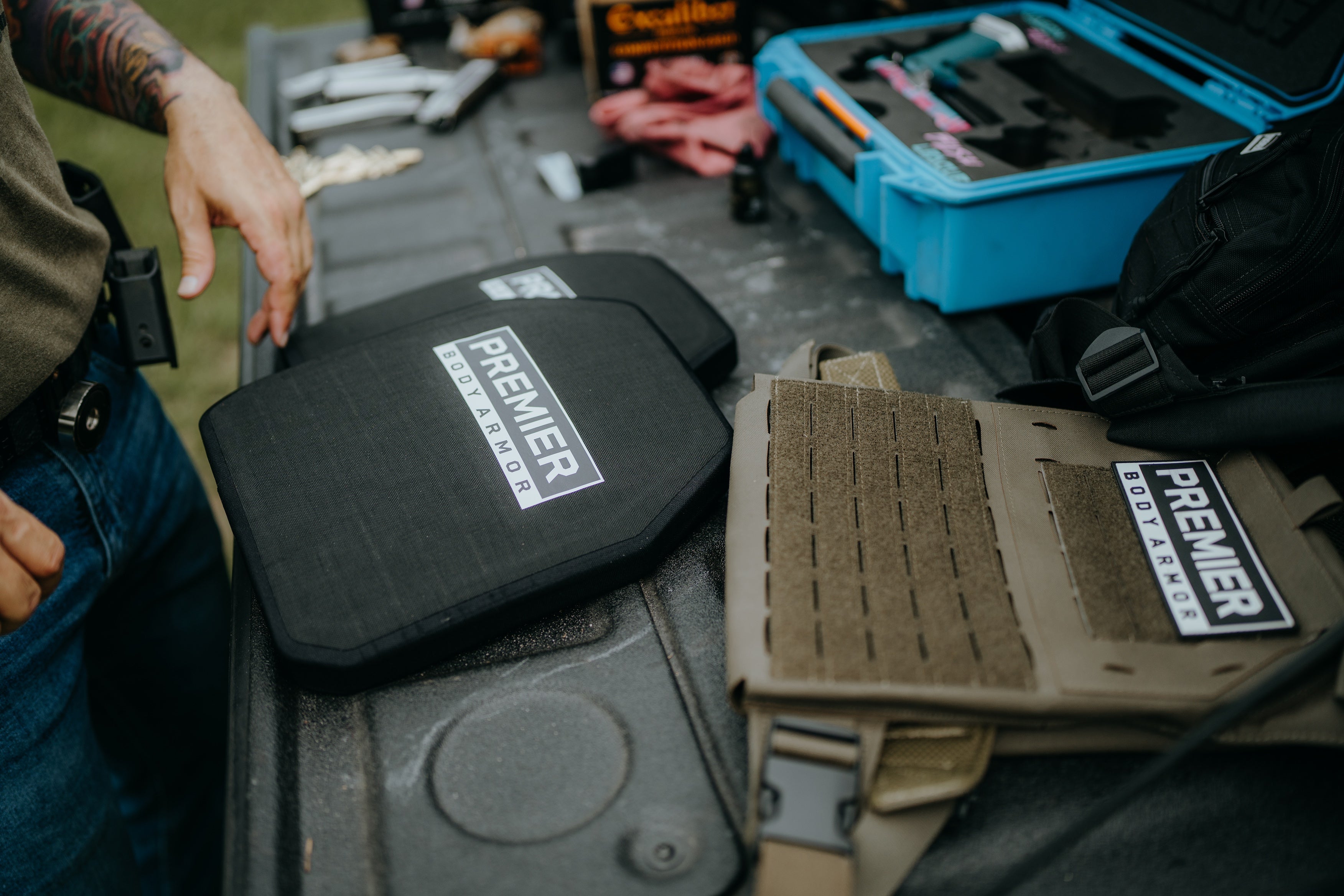
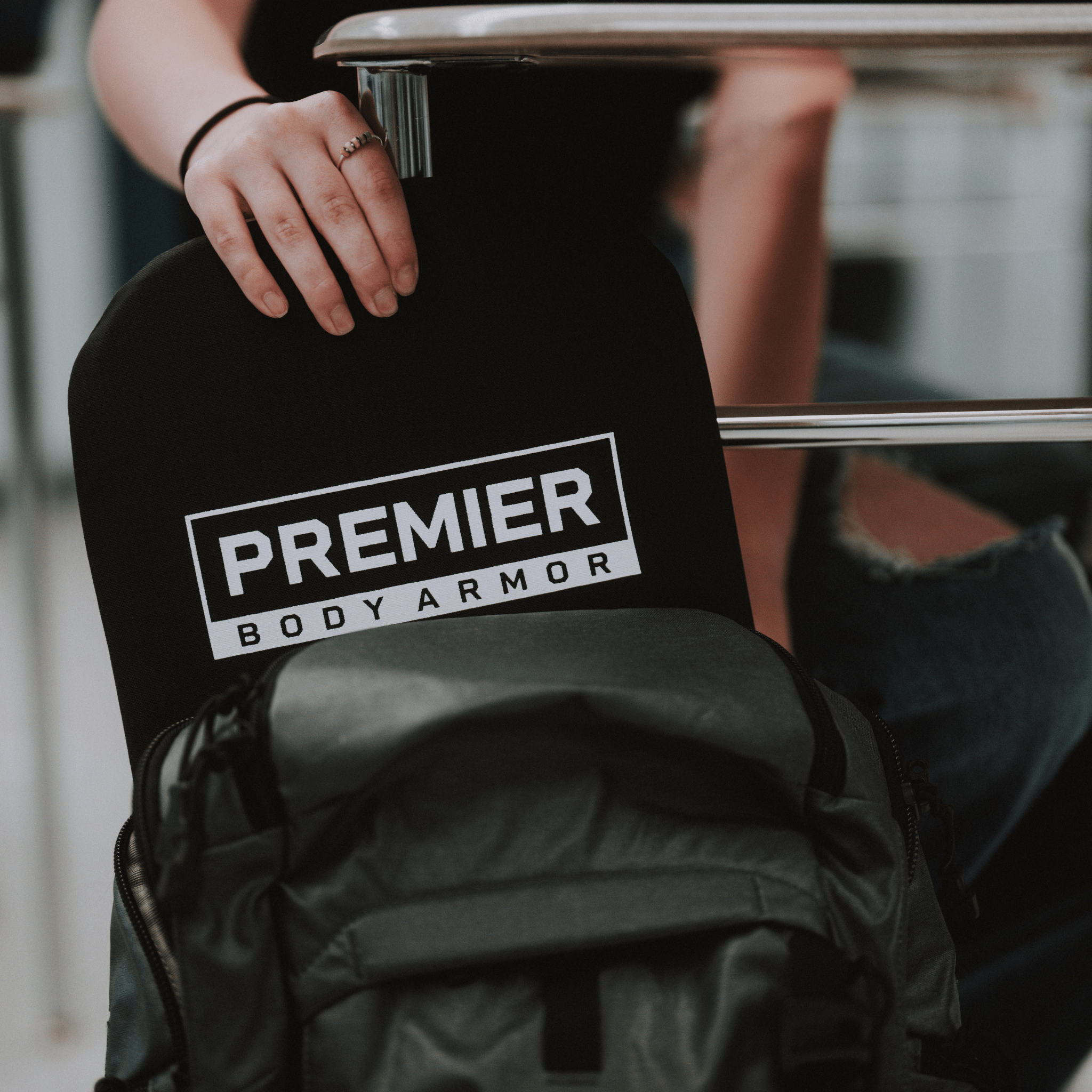
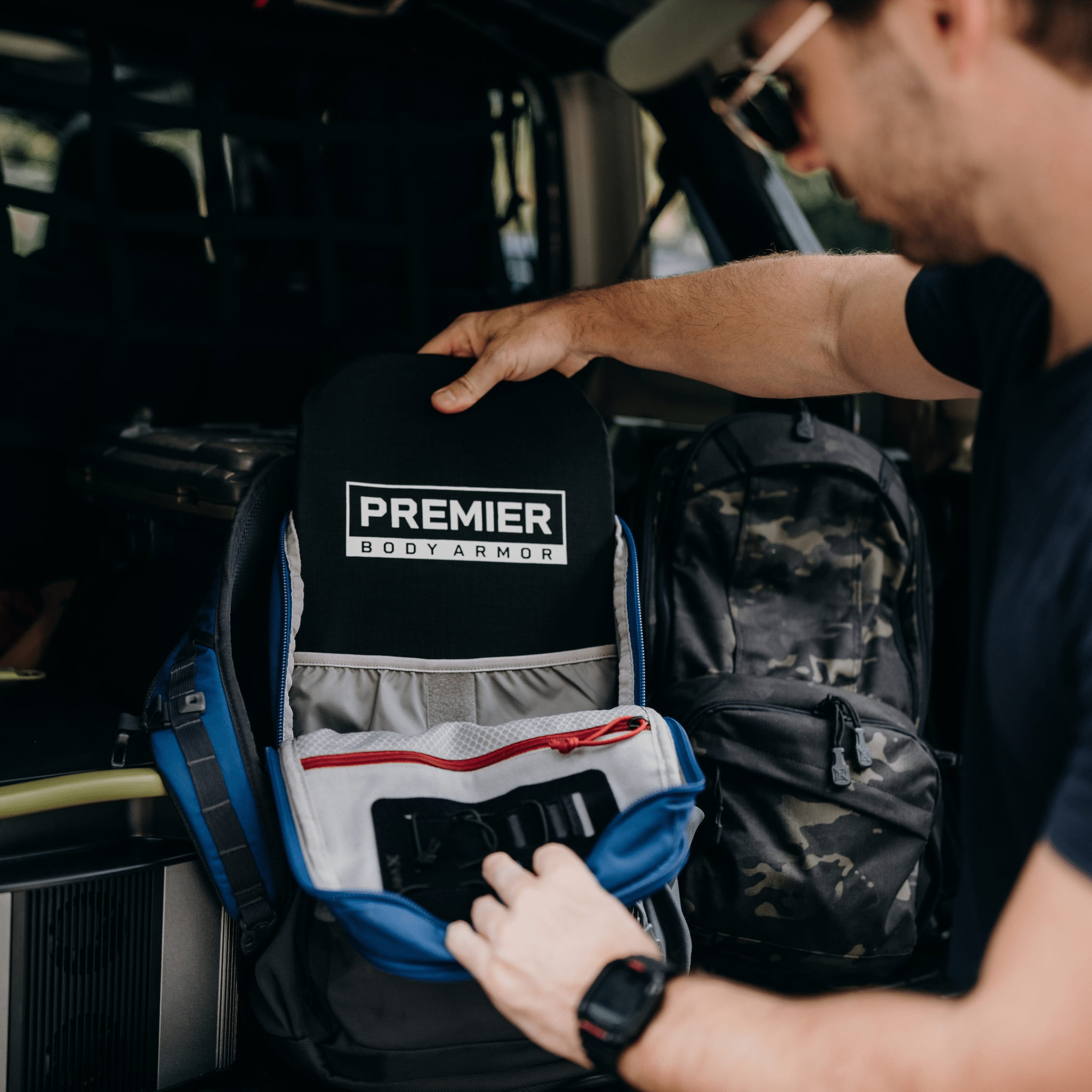
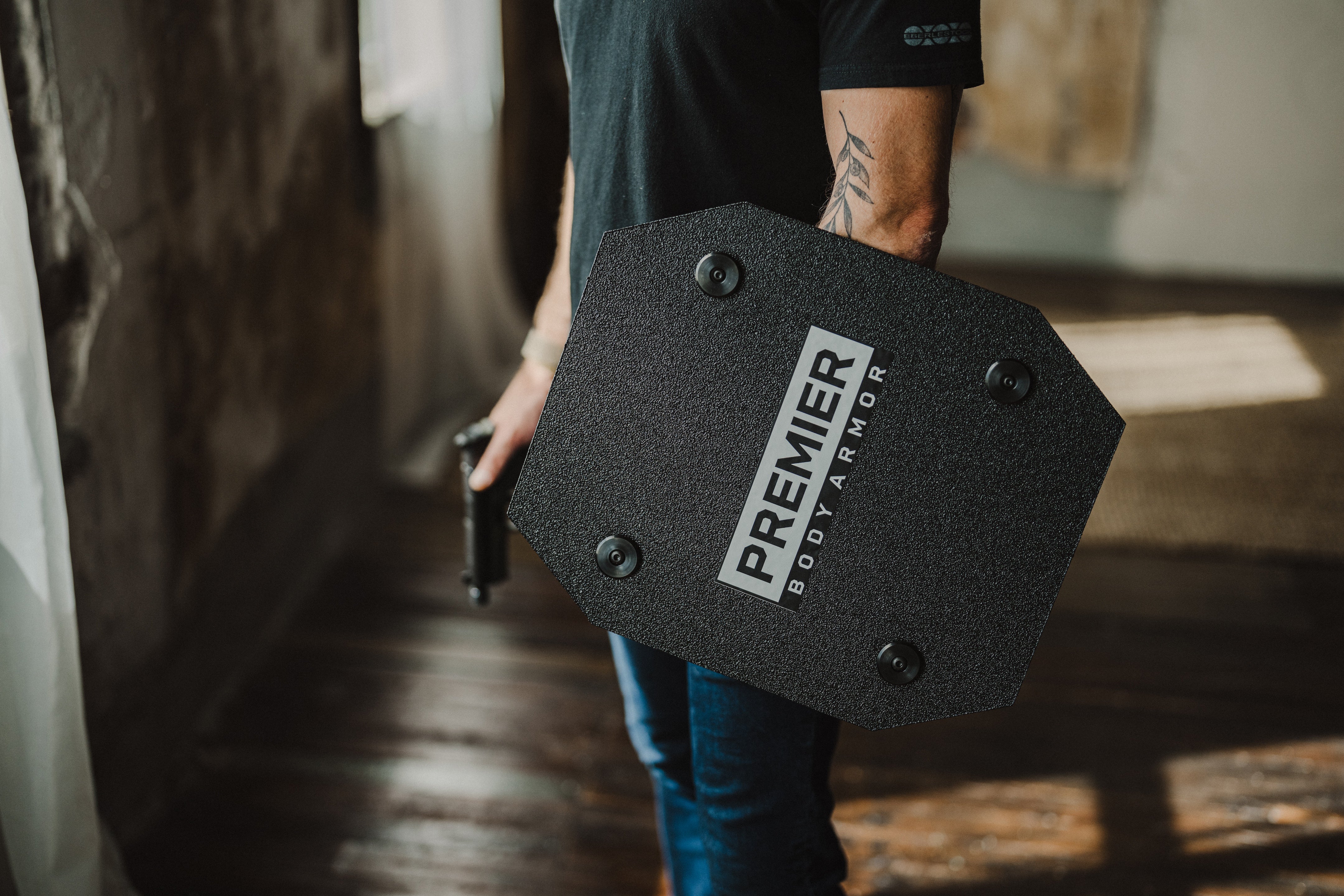


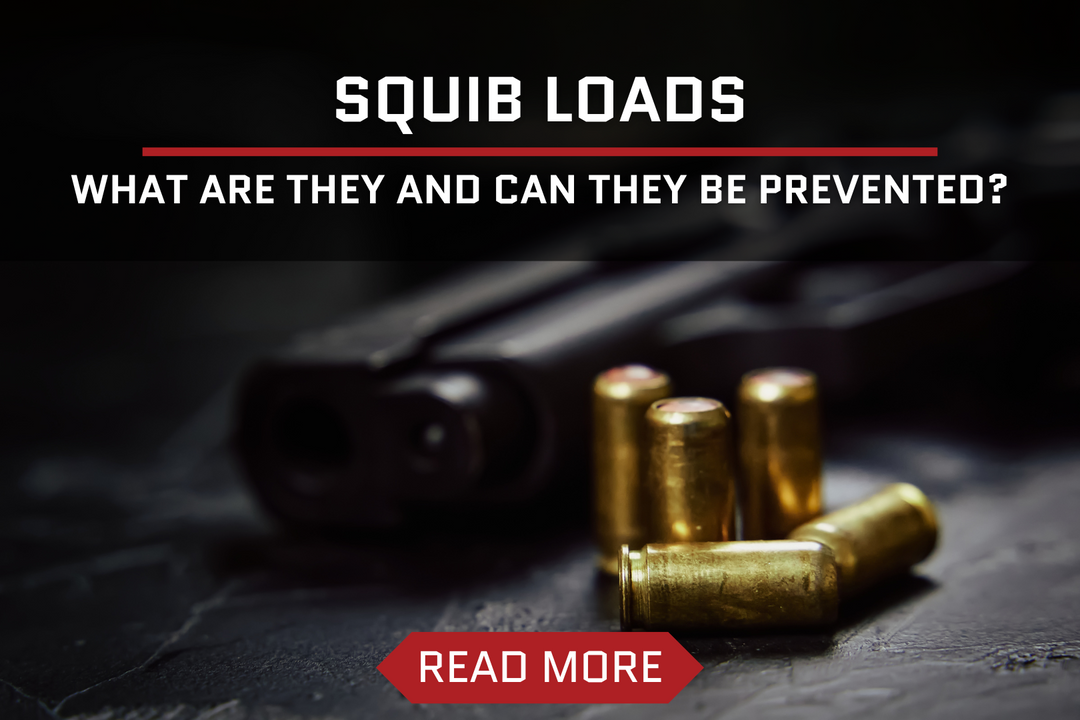


Leave a comment